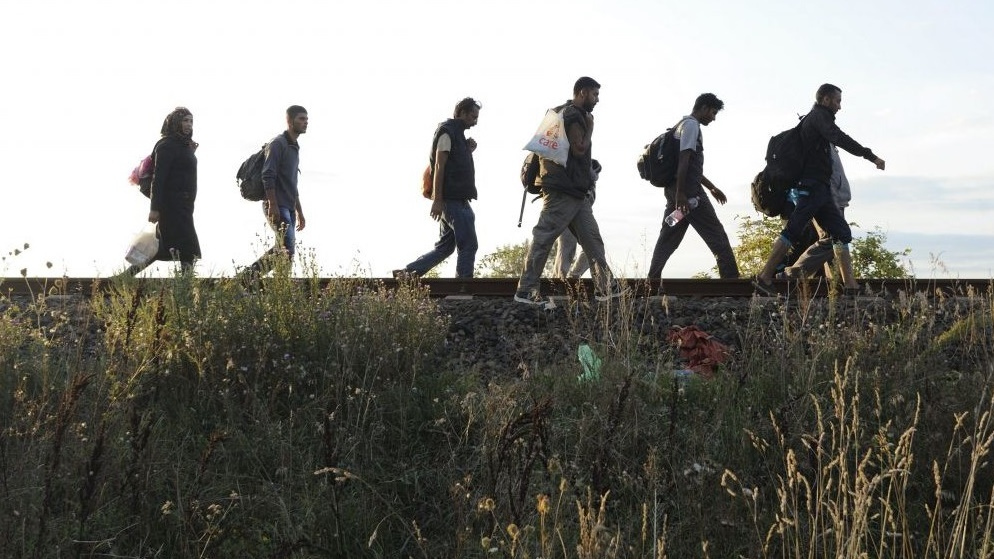Most of the asylum seekers are also illiterate, 23 percent of them cannot read and write in their mother tongue.
The Austrian government's integration report published last week reveals that 27.2 percent of the residents are of foreign origin: first-generation immigrants or born in Austria to foreign parents. In 2013, this ratio was 19.4 hundred. However, the ministers of the centre-right and green government coalition are calling for the continuation of immigration.
In the report compiled by the Austrian authorities, Germans (232,700 people), Romanians (153,400 people) and Turks (124,100 people) lead the ranking of the main immigrant population groups. The same report reveals that 112,300 people applied for asylum in 2022 alone, which was driven by a surge in Afghan and Syrian migrants, reports V4na.com , citing The European Conservative news portal .
"Austria is only growing thanks to immigration," Tobias Thomas, director general of the Austrian Statistical Office, said in a report published this week. Susanne Rabb, the integration minister of the centre-right Austrian People's Party (ÖVP), was quick to use the results as evidence that more immigration is needed as Austria's population is expected to exceed 10 million by mid-century, despite a declining birth rate (1.48 child/woman).
While labor market needs were cited as an argument for more immigration, the report found that
among some immigrant communities, the employment rate is significantly lower than the national average (74.1%).
Only 44 percent of Syrian and Afghan men are active in the labor market, this percentage drops to 26.3 percent for women with the same background.
According to the report, most of the asylum seekers are also illiterate, 23 percent of them cannot read and write in their native language.
The Austrian newspaper Exxpress reports that, according to government statistics, 45 percent of suspects in crimes are foreign nationals, and 28 percent are foreigners living in Austria.
At the same time, according to Integration Minister Rabb, "the Austrian asylum brake is working". The purpose of the asylum brake is to reduce immigration so that they do not overload the asylum system.
By the way, Austria registered a 41 percent decrease in the number of asylum applications last year, which represents a kind of European outlier.
This is a step forward, considering that during the European migration crisis after 2014, Austria used to be one of the largest receivers of asylum seekers.
In recent months, the influx of migrants north from the Balkans has led Austrian authorities to try to limit family reunification and, despite fierce opposition from green politicians, introduce DNA testing to determine whether alleged family ties are real.
At the European level, Austrian Chancellor Karl Nehammer (ÖVP) is trying to pioneer a version of the UK's "Rwanda Plan", which would require asylum seekers to stay in a third country until their claims are processed.
Cover image: MTI













